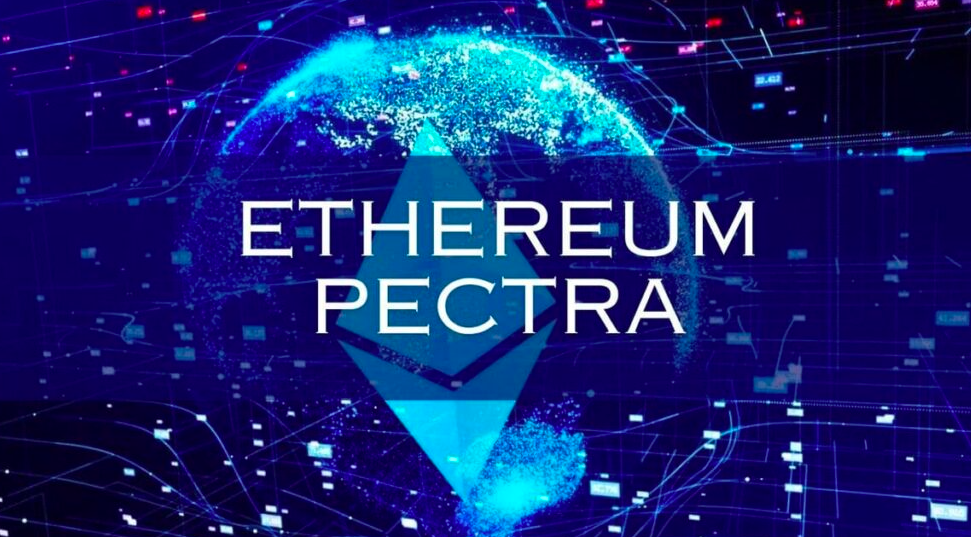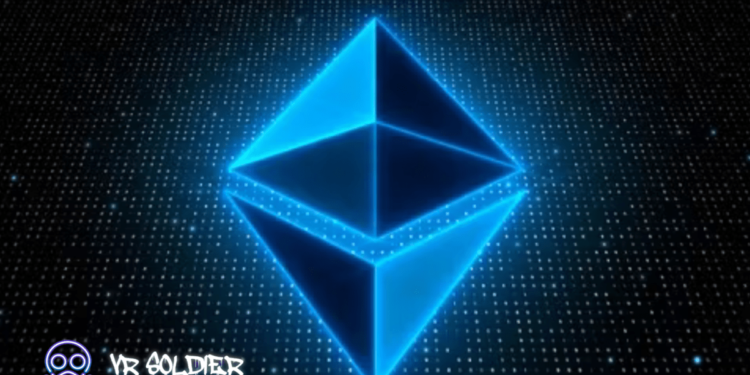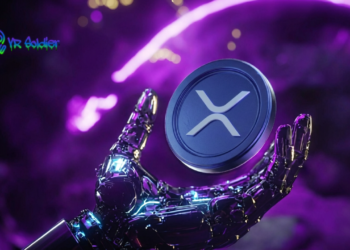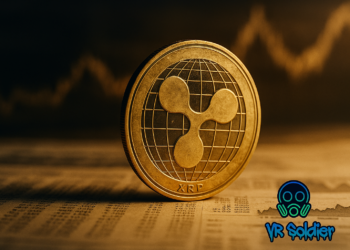Ethereum developers are actively preparing for the launch of the Pectra update. However, according to the documentation, it should take place by the end of the first quarter of 2025. Meanwhile, this significant update will introduce the Ethereum Virtual Machine Object Format (EOF), which includes approximately 11 network improvement proposals (EIPs).
The next major Ethereum update is expected in Q1 2025
One of the standout features of the Pectra update will be PeerDAS, a selective data access solution. In addition, PeerDAS leverages existing peer-to-peer network components on Ethereum to ensure efficient data distribution and availability. However, this innovation aims to strengthen network resiliency and performance while addressing ongoing scalability issues.

Interestingly, the developers will replace the account abstraction proposal EIP-3074 with a more advanced proposal, EIP-7702, introduced by Ethereum co-founder Vitalik Buterin. EIP-7702 allows external account holders (EOAs) to function as wallets during transactions. Meanwhile, this greatly simplifies the user experience and improves security.
“This EIP is designed to be highly compatible with the final account abstraction without unnecessarily locking in ERC-4337 or RIP-7560 details,” the proposal states.
The Pectra architecture includes two key components – Prague at the execution level and Electra at the consensus level. Together, they aim to optimize transaction processing and consensus mechanisms on the network, ensuring a more reliable and efficient blockchain operation. Meanwhile, the final scope of Pectra is still being discussed, some proposals, such as the integration of Werkle trees, may be delayed until a future hard fork called Osaka.
Solving the MEV Problem
MEV refers to the profit that block producers can make by rearranging, including, or excluding transactions within a block. MEV allows those producing Ethereum blocks to manipulate transactions to generate additional profits.
Such actions may give an advantage to those with more resources and technical know-how. In addition, this undermines trust in the network, making it difficult to compete. Buterin describes two main approaches to combating the MEV problem: minimization and quarantine.
Minimizing MEV reduces unfair value extraction using protocols like CowSwap. Encrypted transaction pools hide transaction details until they are confirmed: this approach allows all participants to participate in block creation, regardless of resources or technical skills.












